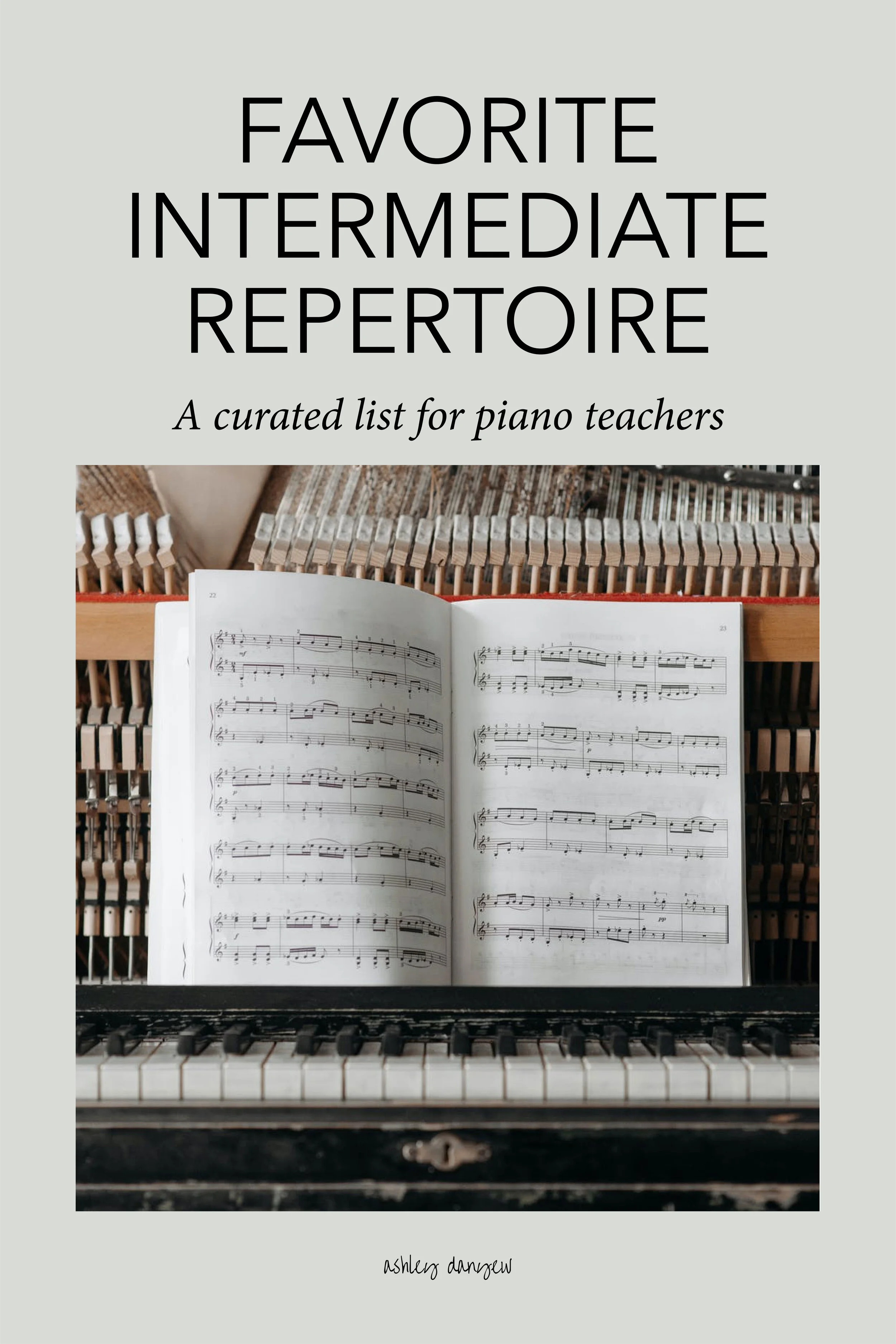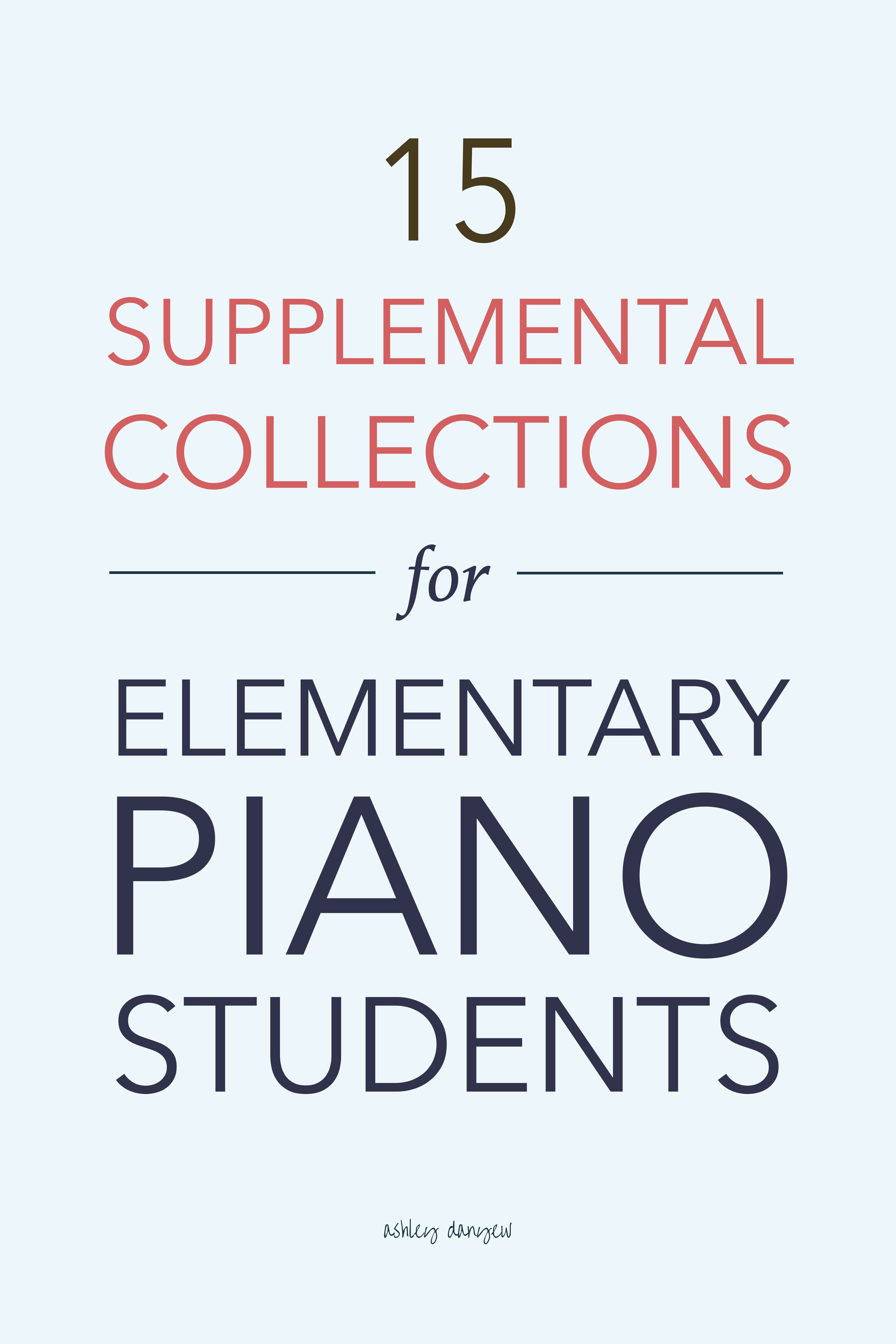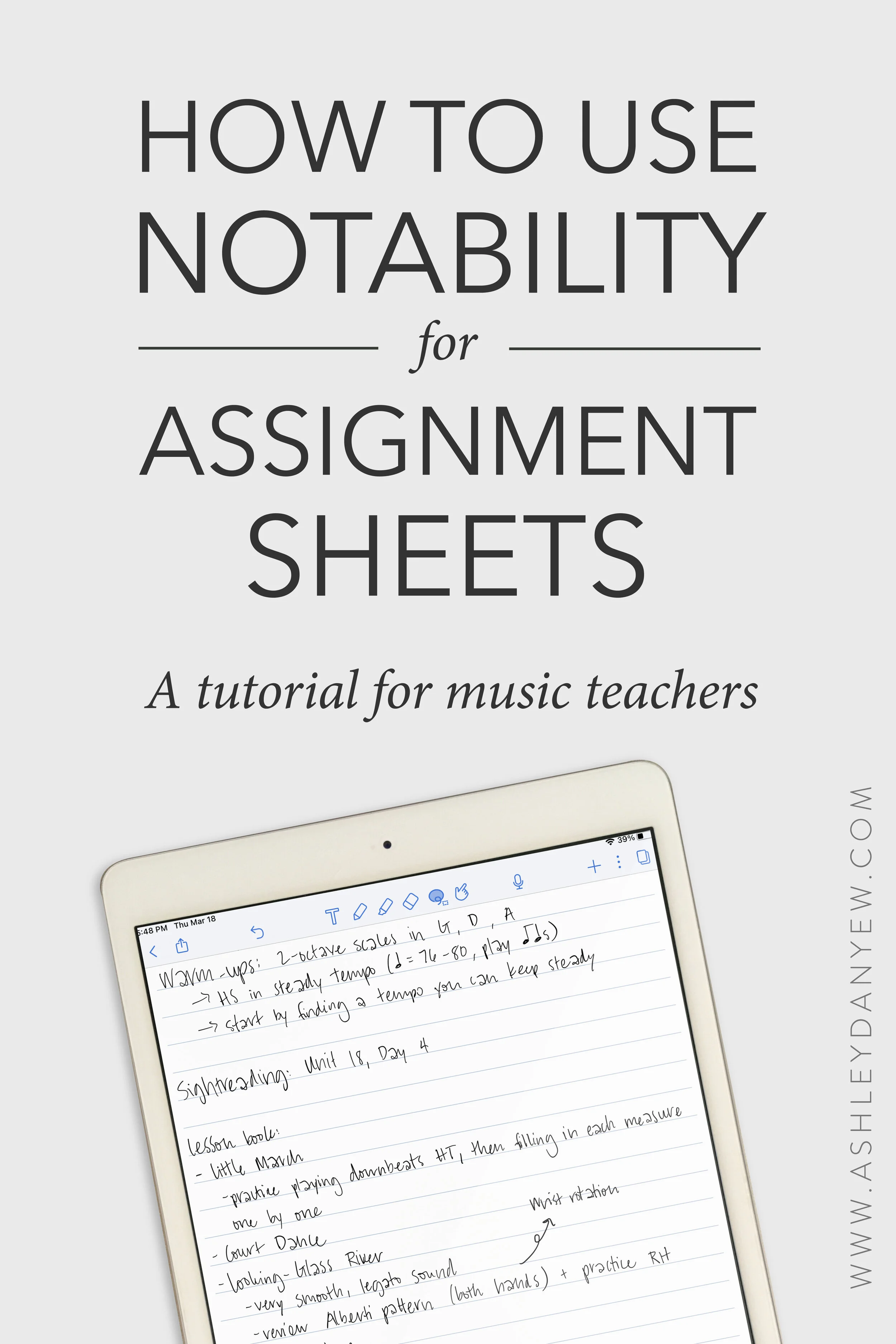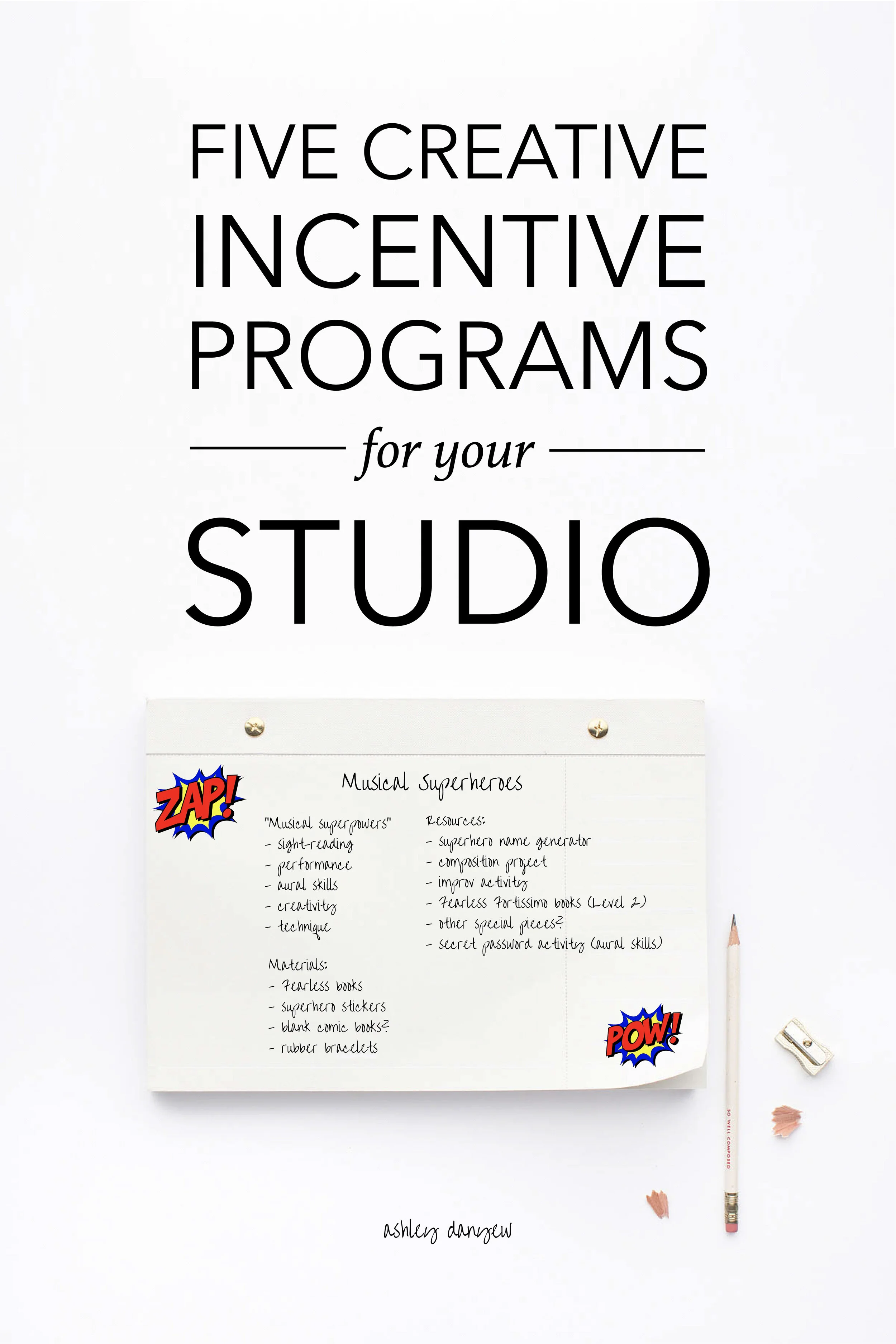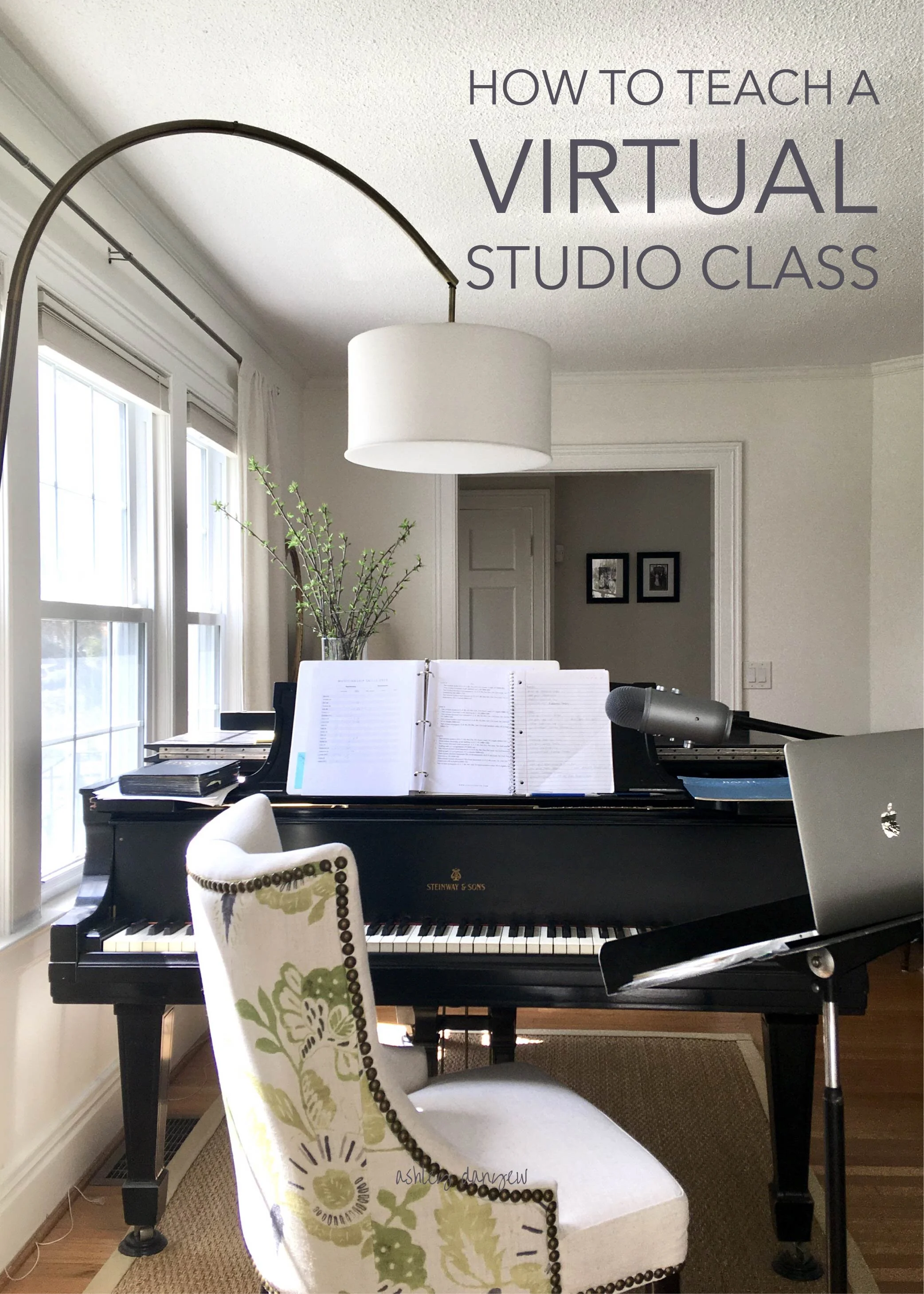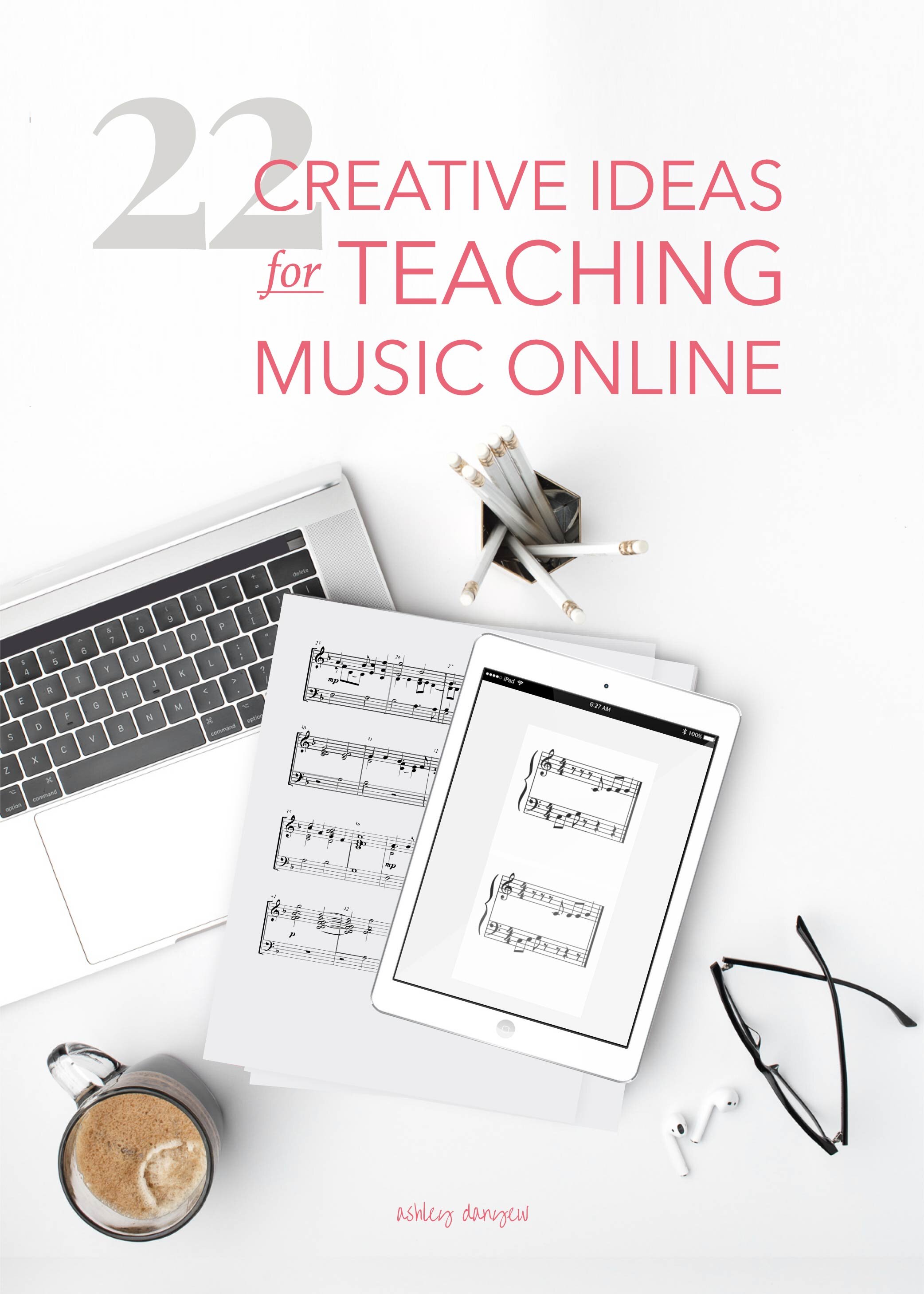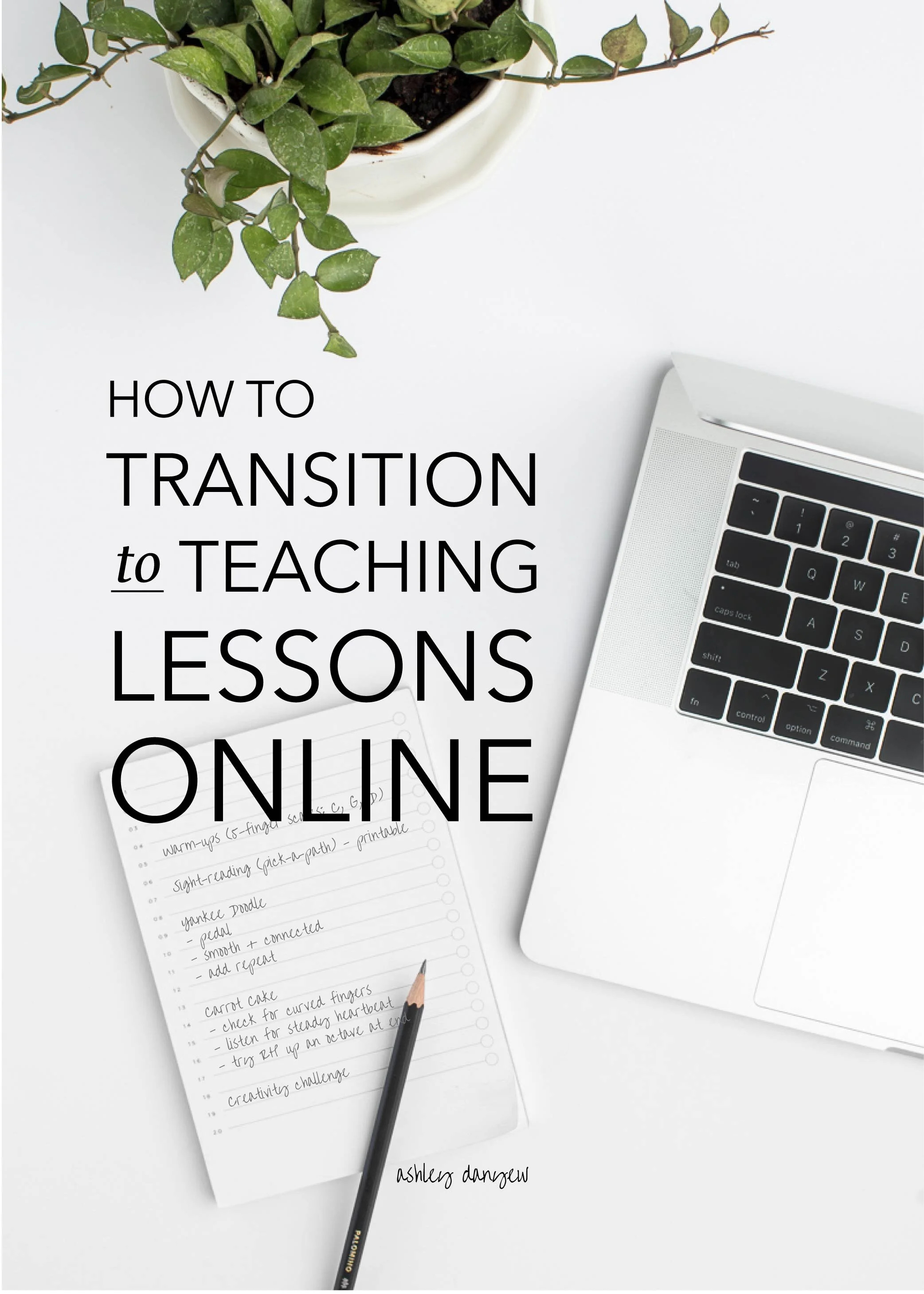On the surface, it might not look like much work, but running a successful private studio means running a small business and there's lots of behind-the-scenes work that happens in between those weekly 30-minute lessons.
Whether you're just getting started, looking to build a studio in a new city, or searching for ways to streamline your process and help the business side of your studio run more efficiently, this post has something for everyone.
Today, I'm sharing ten tips and tricks for building and running a successful piano studio (many of these suggestions are applicable for other music studios, as well!), including ideas and helpful resources, insight into how I run my studio, and a few things I've learned along the way.
Write a Teaching Philosophy
A teaching philosophy is a statement on teaching and learning, what you value and consider important, and what you hope the experience will be like for learners. What do you value? Why is music important? What kind of experience do you want your students to have? Take some time to write this down and consider sharing it on your website or in materials you give to prospective students.
Find a Teaching Space
One of the first things you'll need to do to set up a studio is find a teaching space.
If local community music schools are hiring, that's a great place to start, but if you're looking to build your own studio, consider contacting local schools, colleges, churches, and community centers. Obviously, the space should have a decent piano and offer a room or teaching space that is relatively private. It should also be easily accessible for parents and students who will be coming and going. Some places may charge you a small fee to rent the space, so that's something to consider. You may wish to set up a studio in your home, or let people know that you're willing to travel to their homes for lessons.
Spread the Word
Once you have a teaching space, you'll need to let people know that you're opening a studio.
If you have a website, add a Studio page with information about lessons and other offerings, your teaching style, and how they can get in touch with you. Determine what studio offerings you will provide: Do you want to teach only private lessons or will you offer group classes, partner lessons, a 10-week theory class, and/or a summer piano camp, as well? Make a one-page flier to post around town (library, Post Office, church bulletin boards, grocery store, schools). Consider running a newspaper ad. Connect with other musicians in town and let them know you're offering lessons. Consider offering a referral discount as an incentive to those who help spread the word.
Set Rates
Setting rates may seem like a simple task, but there's actually a lot that can go into it. First, I recommend researching other studios and community schools in the area to determine a competitive rate.
Second, decide whether you want to base your tuition rate on the lesson, the month, or the term. What's the difference? If you base your tuition on the lesson, you'll have more of an hourly rate. I've found that this is how a lot of parents think about lessons, so they expect to see this rate. However, this means that the amount they pay each month/term (and thus, your income) will vary, based on the number of lessons they had. Monthly rates (and term rates) are more consistent, but get complicated when parents want to see the "per lesson" rate.
Another thing to consider is whether or not you'll charge other fees for books, recital, registration, etc., in addition to tuition. For more about setting rates, read this post.
Write Studio Policies
Establishing studio policies is a crucial part of building a private studio.
Studio policies usually include information about make-up lessons, weather cancellation, what to bring to lessons, etc. Make sure these are written clearly, that everyone gets a copy when they register for lessons, and that you stick to them in the future.
Set up Registration
Next, you'll need to think about how people will register (and what information you want to collect).
In the past, I've done hard copy forms, but this year, I created an online registration form using Typeform, a free, online form-creator. I linked to this on my Studio page and directed parents there a few weeks before the start of the new school year. I asked for the following information:
Student's Name
Parent's Name (if applicable)
Address
Phone
Email
School/Grade (if applicable)
Birthday
Years Studying Piano
Other Musical Experience
Meet New Students
Now that you've gotten the basics set up, it's time to meet new students!
I recommend having an initial meeting before you agree to lessons (read more about that here). This can be a valuable time for you to get to know the student, for them to get to know you, and ultimately, to see if you'll be a good match for each other. Some people call it an interview; I prefer to call it a consultation. For me, "consultation" implies more of a discussion rather than me sitting there asking a series of questions. :-)
Regardless of what you call it, think about questions you'll want to ask the student and/or parents about prior musical experience, music they listen to at home, goals for music study, and practicing habits. I give prospective students a "welcome packet" at the consult with information about practicing expectations, studio policies, and tuition rates.
In terms of playing, I usually ask transfer students to prepare a short piece to play so we can have a mini working lesson. For new students, I do a quick "intro to the piano" activity and get them improvising and playing a few things by rote. Depending on the student, I may have them sight-read at the consultation to get a sense of their reading and playing level so I can begin thinking about repertoire. Observe posture, hand position, mistakes, parent-child interactions. For more on what to include in a consult, read this post.
Some people charge for these first meetings or treat it like a first lesson. Since I view this as a time to get to know the student and for them to get to know me, I do not charge for consultations.
Related posts:
Why You Should Have Consultations with Prospective Students
My Go-To Plan for First Piano Lessons
Create a Teaching Schedule
Once you begin scheduling consultations with prospective students, create your ideal teaching schedule and determine how many students you can accommodate.
I've found it's important to start with your ideal teaching schedule, rather than being willing to accommodate everyone's choice in lesson times right from the beginning. Set boundaries for yourself and decide when you want to be available. Will you teach every weekday after school, or only certain days? Will you offer lessons in the evenings or on weekends? Will you offer adult students times earlier in the day? Will you accommodate those that request lessons outside of your ideal schedule?
Start a repertoire list
If you don't already have one, create a repertoire list, organized by playing level. Keep track of books and individual pieces that you come across or hear about at conferences. See some of my favorites here. This will make it much easier to recommend books for students throughout the year and choose music for prospective students to sight-read at the initial consultation.
Related posts:
How to Create a Repertoire Plan
12 Favorite Supplemental Piano Books for Elementary Students
Set up Billing
The final component of setting up your studio is billing.
How will you get paid and how often? Establish billing periods (I recommend monthly, quarterly, or by term) and choose payment methods (cash, check, PayPal, or online bank payments like Chase QuickPay). PayPal makes it easy for people to pay online, but they charge a small fee for every transaction. Decide if you want to build this into your rate.
Write an email template, create an invoice to send out, or consider using an online invoicing system like Wave. Choose when you will send invoices and when payment will be due. I send invoices out the last week of the month and payments are due at the first lesson of the month.
Questions?
Other ideas or things that have worked for you? Please share below!
















